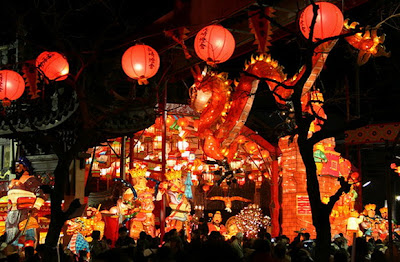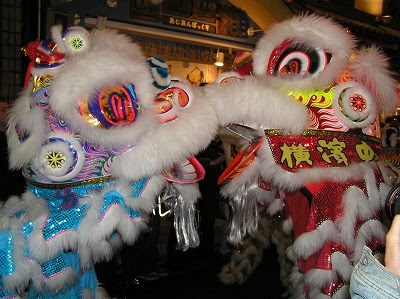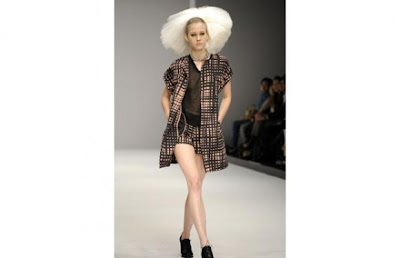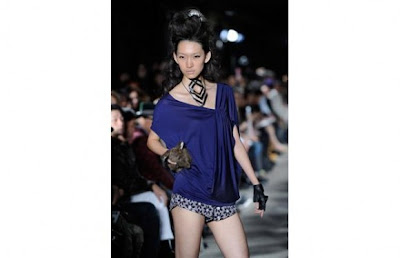As one of the biggest economic growth country in the world, Japan become the target for businessmen to visit. Before we plan to visit Japan, it is better if we know its public holiday date.
The holiday date is important for those who want to travel and doing some business in Japan. While holiday, the tourist sites of course will be more crowded as well as the fares will be counted as high season fare.
Japan have 15 official holidays in a year. But most of the holidays are based from traditional occassions. The most important holiday may be New Year's day which start from 1st January, and usually last until the 3rd, and many business re-open on the 4th or 5th.
It is a suprise that Christmas is not the public holiday in Japan. 25th December is a working day, and many business are open, although many Japanese are celebrating Christmas as a festival not as a religious occassion.
Chinese New Year in Japan
Japan once was under Chinese imperial, and due to their close location, some Japanese festivals have their roots in Chinese festivals but have undergone dramatic changes as they mixed with local customs.
The best place to watch Chinese new year celebration in Japan is in Yokohama Chinatown.
It is this destination that celebrates the Chinese New Year with full enthusiasm. From Dragon Dances to Lion Dance Blessings, Yokohoma treats you with all the traditional events that form a part of the Chinese New Year. The dance performers from the Lion Dance troop entertain and thrill the viewers with “tsai qing” style of dance. During and after the performance, the dancers collect “hong pao” from the various shops of Chinatown. These “hong pao” are money kept in red colored envelops or packages.
Chinese New Year traditions in Japan:
As a part of the Chinese New Year celebration in Japan, the year 2011 will also see mass participation in various traditions. Some of the traditions followed during this time are:
Otoshidama:

Otoshidama, Japanese Angpao
Otoshidama is an important tradition, where children are given money in envelops. This tradition is same like the custom followed by the Chinese during Chinese New Year. The money is placed in beautiful envelops, which are also known as ‘pochibukuro’. Envelops are same like Goshugi, which are used during the Chinese New Year. In olden days though, a mochi bag w as accompanied by Mandarin oranges, which were meant to spread joy.
Mochi:
Having ‘mochi’ on the New Year is yet another tradition, which is widely followed in the country as a part of the New Year celebrations. Rice cake s are prepared out of the sticky stalk of boiled rice and eaten to begin the New Year. Kagami Mochi is further prepared from Mochi as a part of the New Year decoration. Mochi’s sticky nature makes it hazardous for health. Several deaths are reported as a result of Mochi consumption.
Chinese New Year at Yokohama Chinatown

The Chinese are everywhere in the world. They often build Chinatown and make their living on their own. In 1858, Japan opend its door to other countries. Port of Yokohama was opened in the following year. Various countries created their settlements there. The Chinese too moved to Yokohama as the translator and broker between the Japanese and the Westerners. As their number grew, they built their own town here. Chinatown collapsed after the Great Kanto Earthquake in 1923, and the WWII discouraged their economic activity thoroughly. Since the war ended, Chinatown recovered gradually. It became the touristic site for the Japanese when diplomatic relations were established between China and Japan. Nowadays, it is more like a commercial site for tourists rather than for the Chinese immigrants.
Shunsets (Chunjie in Mandarin) is the celebration of Chinese New Year. Because they use the lunisolar calendar, the Chinese celbrate a different date than the Westerners and the Japanese. It was Febryary 18 in 2007, and will be February 7 in 2008 and January 26 in 2009. On the eve, they have countdown party. At midnight, they explode bakuchiku (firecracker) which gets rid of devils as the Chinese believe.
Chinatown also shows a performance of Chinese dance as well as lion dance during the shunsets season. Shishimai (lion dance) was changed a lot and adopted by the Japanese culture. However, here you can see the original dance by the young Chinese who communicate with each other during their performance in the perfect shape in Japanese.

Annual Nagasaki Lantern Festival in Nagasaki, Japan

Lion dance at Yokohama Chinatown

Chinese temple at Yokohama Chinatown
Watch Lion dance during Chinese New Year in Yokohama Chinatown Video here





